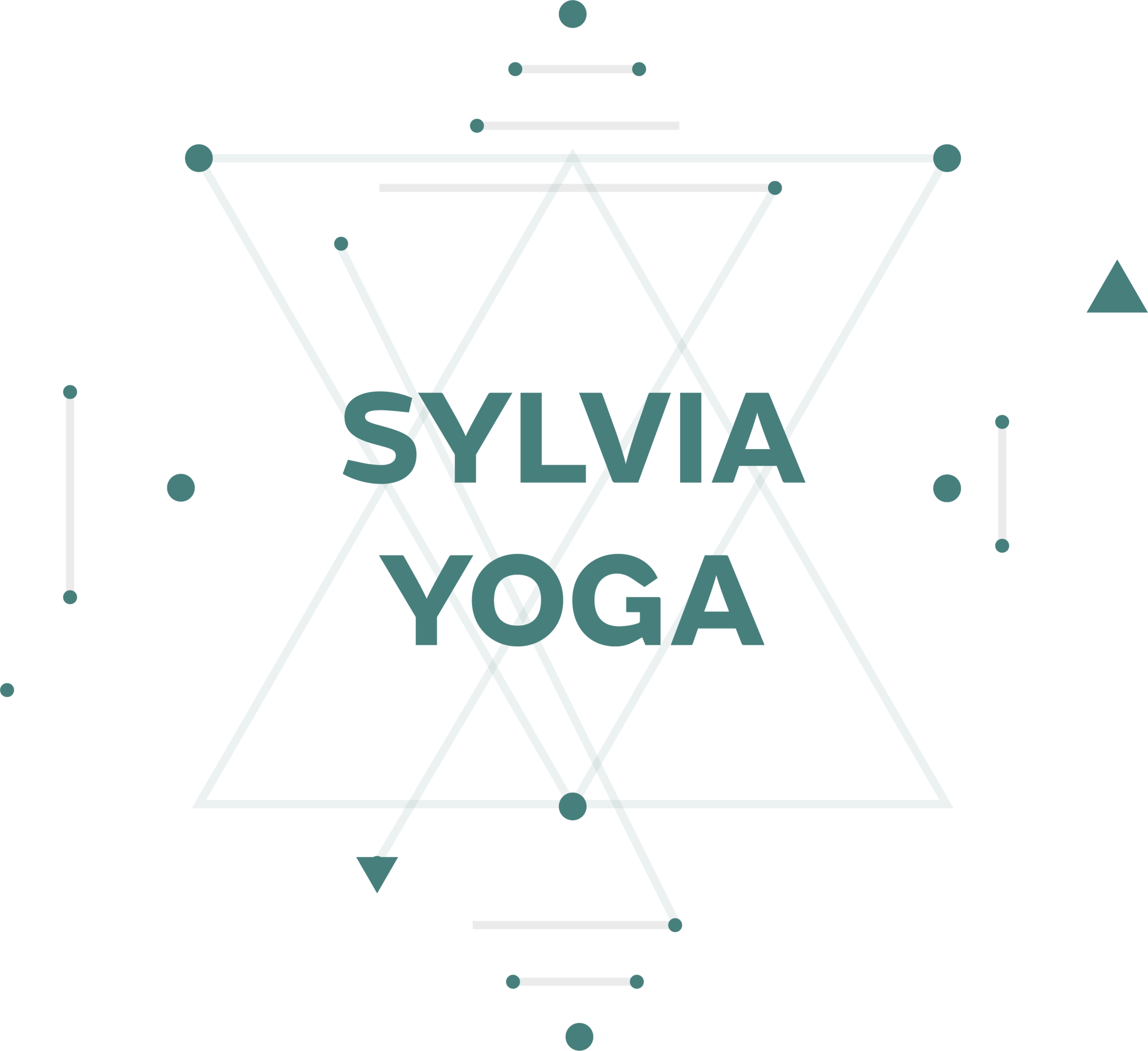What's the minimum we need to do to maintain the benefits of the 8-week MBSR course?
Dear MBSR friends,
A question asked by a participant as we near the end of our current 8-week Mindfulness Based Stress Reduction Course in Mutton Lane this year… “Sylvia’s what’s the minimum we need to do to keep the benefits we’re feeling now, is yoga once or twice a week enough?”
I loved being asked this question… one of my favourite things about this course is that it is highly researched, ethical and grounded solidly in science. Of course anectodal evidence is great; we loved hearing that a course particpant who did the course three years ago still maintains a daily practice of around ten minutes here and there, plus yoga a few times a week, and it works for her. But what is proven to work when we review large groups of people all across the world? Perhaps it’s more than you might think.
Here comes the science. Below is the evidence, complied with the assistance of AI (with all references double-checked). These are evidence-based, widely accepted recommendations for maintaining home practice after completing an 8-week Mindfulness-Based Stress Reduction (MBSR) program. These suggestions draw from published research on MBSR and related mindfulness-based interventions (MBIs), including work by Jon Kabat-Zinn, the Center for Mindfulness (CFM), and empirical follow-up studies.
1. Recommended Minimum Ongoing Practice
Research on long-term adherence and outcomes consistently shows:
Daily Minimum
20–30 minutes per day of formal practice is the minimum reliably associated with sustained benefits such as reduced stress, enhanced emotion regulation, and improved well-being.
Supported by studies showing that post-program practice of ≥20 min/day predicts maintenance of symptom reductions (e.g., Parsons et al., 2017; Goldberg et al., 2018).
Weekly Minimum
3–4 formal practice sessions per week, totaling 90 minutes or more, appears to be the lowest threshold associated with lasting psychological and physiological benefits.
Longitudinal analyses of MBSR graduates show that 90–150 min/week of ongoing practice supports maintenance of stress-related improvements (Carmody & Baer, 2008).
Ideal (but not required)
The standard MBSR guideline remains 45 minutes daily, 6 days per week—this is the amount used in the original research and teacher training standards.
Associated with stronger outcomes and lower relapse into stress reactivity.
2. Recommended Home Practice Options
Participants often benefit from a menu of practices, allowing flexibility while preserving consistency.
Formal Practices
Aim: 20–45 minutes/day
Sitting meditation (breath, body sensations, open monitoring)
Body scan
Mindful yoga (gentle Hatha yoga as taught in the course)
Walking meditation
Evidence: These four constitute the core MBSR practices evaluated in RCTs, with body scan and sitting meditation being the strongest predictors of long-term benefit in several follow-up studies.
Informal Practices
Aim: integrate several times per day
3-minute breathing space
Mindful eating
Mindful walking during daily routines
Checking in with bodily sensations before reacting
Pausing and labeling emotions (“noting”)
Evidence: Informal mindfulness supports trait-level mindfulness and stress resilience; even short practices (<5 minutes) contribute to maintenance (Shapiro et al., 2006; Creswell, 2017).
3. Structuring a Sustainable Post-Course Practice Plan
Here are design principles drawn from studies on adherence:
A. Set a consistent practice time
Morning practice predicts higher adherence (Carmody & Baer, 2008).
B. Use guided recordings at first
Enhances adherence and reduces “practice drift.”
C. Alternate practices weekly
Example:
Mon/Wed/Fri → Sitting meditation
Tue/Thu → Body scan
Weekend → Mindful yoga or extended practice (30–45 min)
D. Aim for “minimum effective commitment”
If you can maintain 20 minutes/day, long-term outcomes remain strong.
If motivation dips: maintain 3–4 sessions/week, minimum 90 minutes total.
4. Maintenance Options After the 8 Weeks
Join ongoing practice groups
Community practice significantly increases adherence.
Do periodic “refresher weeks”
One week every 2–3 months with 30–45 min/day.
Use mindfulness apps (but selectively)
Evidence-supported: Headspace, Calm, Healthy Minds Program, Ten Percent Happier
Apps improve adherence and benefit maintenance when used 2–3 times/week.
In conclusion let’s recognise there is some amount of effort and discipline required. In the same way we might commit to effort and discipline with exercise, with food, with how we show up for our loved ones. Let’s recognise there is wiggle-room, it’s not one-size-fits-all. The quote by the author Viktor Frankl sums this up nicely,
“Everything can be taken by a man but one thing, the last of the human freedoms. The ability to choose one’s attitude in any given set of circumstances, to choose one’s own way”.
